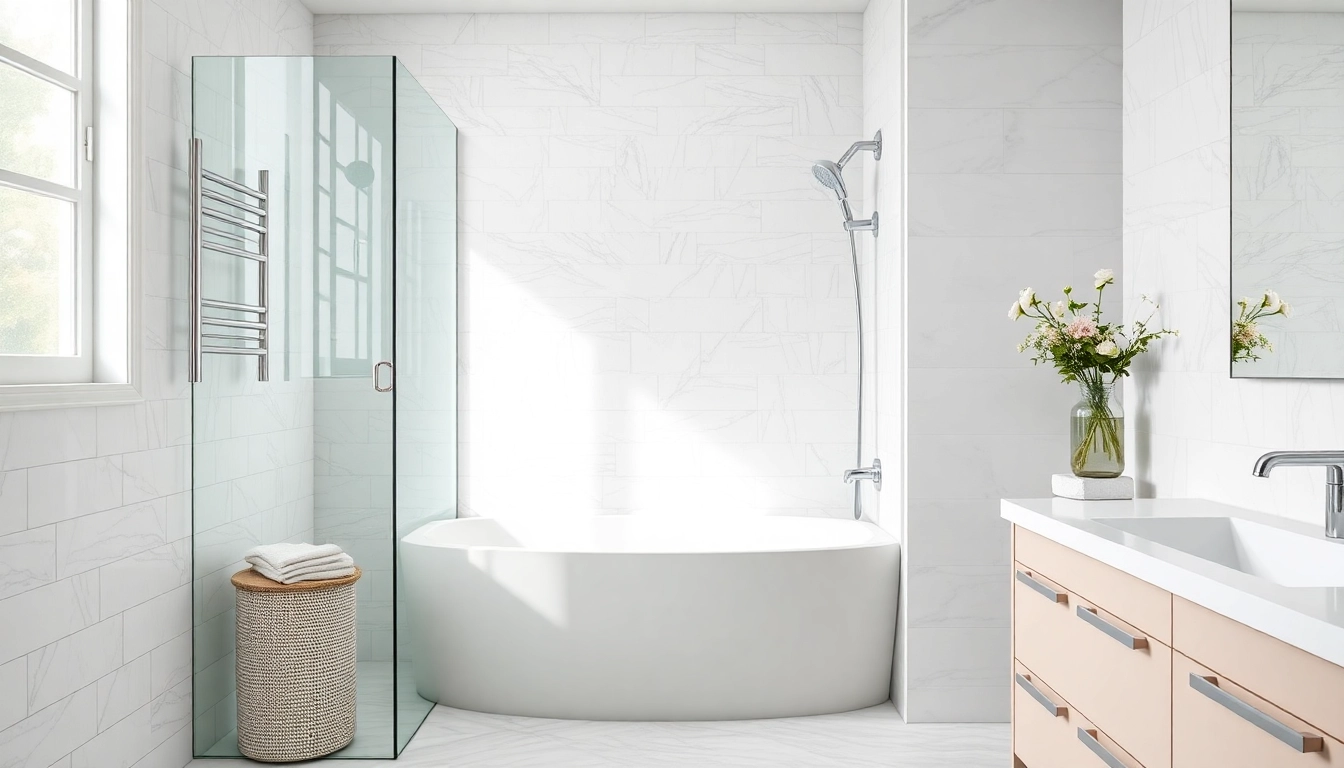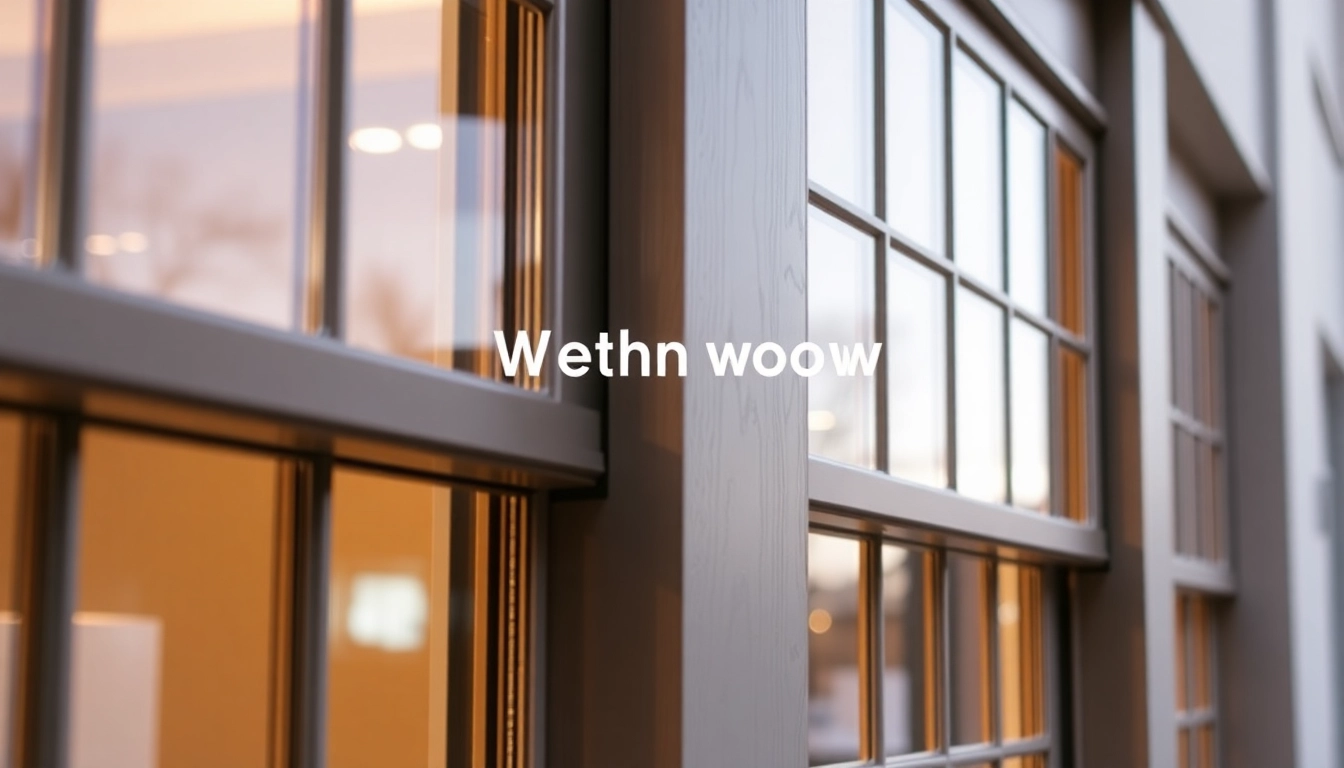An Introduction to Vertikale Gärten
In a world that increasingly values sustainability and aesthetic appeal, the concept of vertical gardening, or vertikale Gärten, has emerged as a compelling solution for urban dwellers and gardening enthusiasts alike. Vertical gardens are not just a novel way to display greenery; they represent a revolutionary approach to gardening that maximizes small spaces while offering numerous environmental benefits. This article provides an extensive exploration of vertical gardens, covering what they are, their advantages, essential components for successful installations, and practical tips for design, maintenance, and care.
What Are Vertikale Gärten?
Vertikale Gärten, or vertical gardens, can be defined as walls that are covered in plants, allowing miniature gardens to thrive upward rather than outward. This innovative gardening technique transforms bare walls into lush, living canvases. Vertical gardens can be made using various materials and techniques, ranging from trellises and modular planting systems to hydroponic setups. The key feature is the vertical orientation, which permits an extensive range of flora to flourish, even in confined urban environments.
The Benefits of Vertical Gardening
The advantages of vertical gardening extend far beyond aesthetics. Some of the notable benefits include:
- Space Optimization: Vertical gardens maximize limited space, making them ideal for apartments, balconies, or any small plot of land.
- Improved Air Quality: Plants absorb carbon dioxide and release oxygen, thereby enhancing indoor and outdoor air quality.
- Noise Reduction: Vegetation acts as a sound barrier; thus, vertical gardens can help in minimizing ambient noise in busy urban areas.
- Increased Biodiversity: A vertical garden can host a myriad of plant species, which can support local ecosystems and promote biodiversity.
- Energy Efficiency: Living walls can help regulate temperatures in and around buildings, reducing the need for heating and cooling.
Key Elements of Successful Vertikale Gärten
Creating a thriving vertical garden requires attention to several key elements:
- Structural Support: Ensure that the wall or framework can support the weight of the plants, soil, and irrigation system.
- Drainage: Proper drainage is essential to prevent water accumulation that can lead to root rot.
- Growing Medium: A suitable growing medium that retains moisture while providing aeration is crucial for the health of the plants.
- Light Exposure: Assess the amount of sunlight the garden will receive and select plants accordingly.
Exploring Different Types of Vertikale Gärten
Living Walls vs. Garden Facades
When discussing vertical gardens, it is important to differentiate between living walls and garden facades. Living walls are systems built to incorporate soil and an integrated irrigation system, where plants grow directly out of the wall. On the other hand, garden facades are simple decorative installations where plants may not have the same extensive root systems or soil depth, often relying on trellises for support. Each has its unique applications and benefits depending on the space available.
Indoor Versus Outdoor Vertical Gardens
Indoor vertical gardens can significantly enhance air quality and aesthetics, making indoor spaces more inviting while providing humidity and improving overall wellness. The choice of plants for indoor gardens often favors less light-intensive species, such as ferns or succulents. Outdoor vertical gardens, conversely, can accommodate a broader range of plant types due to more favorable conditions, including sun exposure and seasonal variations.
Unique Styles of Vertical Gardens
Vertical gardening can be executed in a myriad of styles, catering to different tastes and environmental conditions. Some popular designs include:
- Living Art Installations: These incorporate creativity, merging gardening with artistic expression.
- Edible Gardens: Grow herbs and vegetables in vertical configurations, perfect for culinary enthusiasts.
- Biophilic Design: This style focuses on integrating natural elements into architectural spaces to promote relaxation and wellbeing.
Essential Components for Building Your Vertikale Gärten
Choosing the Right Plants
The selection of plants is vital for the success of a vertical garden. Factors like climate, available sunlight, and maintenance level should guide your choices. For beginners or busy individuals, hardy plants such as pothos or ivy are often recommended due to their resilience and low upkeep. Conversely, seasoned gardeners might enjoy the challenge of incorporating a diverse range of species, including flowering plants or even dwarf fruit trees.
Watering and Irrigation Systems
Effective watering techniques are crucial for maintaining a vertical garden. Traditional methods such as hand watering can be labor-intensive and inefficient. Instead, consider installing an automated drip irrigation system that conserves water while ensuring all plant varieties receive adequate moisture. Hydroponic systems, which utilize nutrient-rich water solutions, can also be highly effective, particularly for indoor gardens.
Soil and Nutrient Considerations
The choice of soil is another critical element in vertical gardening. A lightweight, well-aerated potting mix that maximizes moisture retention is ideal for vertical installations. Regular application of balanced fertilizers will also promote healthy plant growth and ensure that all nutrients are adequately provided. Keeping an eye on pH levels and adjusting as necessary can lead to better outcomes, particularly with sensitive plant varieties.
Designing Your Vertikale Gärten: Tips and Tricks
Creating a Cohesive Design
A well-thought-out design can transform your vertical garden into a stunning visual centerpiece. Start by planning your layout, considering the height and scale of the wall as well as the type of plants you wish to incorporate. Grouping plants with similar water and light requirements can create a cohesive look while simplifying maintenance.
Color Schemes and Plant Combinations
The color palette and variety of plant combinations will play a crucial role in the visual impact of your vertical garden. Consider using blending colors to create harmony or contrasting hues for a bold statement. Mix foliage texture to add depth, and don’t shy away from including seasonal plants for changing scenery throughout the year.
Integrating Art and Decor with Vertical Gardens
Artistic elements can enhance the appeal of vertical gardens, adding layers of creativity. Incorporate sculptures, lights, or even water features that harmonize with your plants. Decorative pots and planters can also add a personal touch and help achieve specific design goals, either matching or contrasting with the wall surface.
Maintenance and Care for Your Vertikale Gärten
Routine Maintenance Tips
To keep your vertical garden looking its best, a routine maintenance schedule is essential. Regularly check for pests and signs of disease, prune dead foliage, and ensure that irrigation systems are functioning correctly. Seasonal checks will also help determine if certain plants need changing or replacing based on specific climatic adjustments.
Common Challenges and Solutions
Even the most meticulously planned vertical gardens face challenges. Common issues can include waterlogged plants, poor drainage, and pest infestations. Solutions often involve fine-tuning the irrigation system, utilizing pest repellents, and selecting drought-resistant plants to mitigate water-related stress.
Measuring Success: Growth and Health Indicators
To truly determine the success of your vertical garden, pay attention to growth and health indicators. Vigorous new growth, vibrant foliage color, and the absence of pests generally signify a flourishing garden. Alternatively, drooping leaves or discoloration may warrant an evaluation of watering practices or nutrient adjustment.
Conclusion
In summary, vertikale Gärten present a unique opportunity to merge environmental sustainability with innovative design. Whether you’re looking to beautify your home, optimize your living space, or contribute to the urban ecosystem, understanding the principles of vertical gardening will empower you to create and maintain your living vertical statements. With thoughtful design, proper plant selection, and routine care, vertical gardens can thrive and enrich our lives and surroundings.



